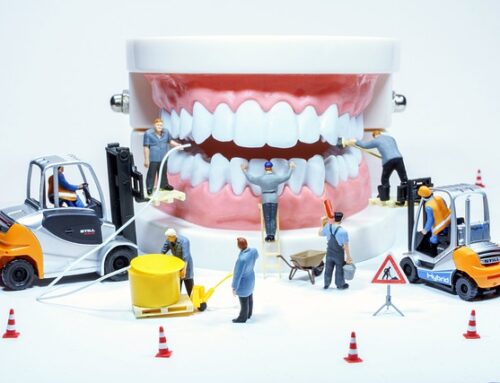If you have ever had a cavity, you might already be aware of the treatment process that Dr. Sara follows at Pinnacle Peak Family Dentistry. To treat a cavity, Dr. Sara works to remove the decayed portion of your tooth. Once that happens, she can “fill” in the area of the tooth where the decayed material was removed. Fillings can also be used to repair cracked or broken teeth, as well as teeth that have been worn down from misuse such as from nail-biting or tooth grinding.
While dental fillings are common for cavities and other reasons, Dr. Sara takes a different approach than many dentists. At Pinnacle Peak Family Dentistry in North Scottsdale, Dr. Sara uses traditional composite fillings for improved dental health. Here is how it works.
What steps are involved with a filling?
First, a local anesthetic will be used to numb the area around the tooth that will be filled. Next, a drill, air abrasion instrument, or laser will be used to remove the decayed area. Dr. Sara will then probe or test the area to determine if all the decay has been removed.
Once the decay has been removed, she will prepare the space for the filling by cleaning the cavity of bacteria and debris. If the decay is near the root, a liner made of composite resin will be placed to protect the nerve. Generally, after the filling is in, Dr. Sara will finish and polish it.
What Types of Filling Materials Are Available?
There are several dental filling materials available, including gold, porcelain, silver amalgam (which consists of mercury mixed with silver, tin, zinc, and copper), or tooth-colored, plastic, and materials called composite resin fillings. There is also a material that contains glass particles and is known as glass ionomer. This material is used in ways similar to the use of composite resin fillings.
Tooth-colored Composites
By using composite fillings, Dr. Sara can provide her patients with the following benefits:
- Aesthetics: the shade/color of the composite fillings can be closely matched to the color of existing teeth. Composites are particularly well suited for use in front teeth or visible parts of teeth.
- Bonding to tooth structure: composite fillings actually chemically bond to tooth structure, providing further support.
- Versatility: in addition to use as a filling material for decay, composite fillings can also be used to repair chipped, broken, or worn teeth.
- Tooth-sparing preparation: sometimes less tooth structure needs to be removed compared with amalgam fillings when removing decay and preparing for the filling.
Contact Dr. Sara at Pinnacle Peak Family Dentistry to learn more about composite fillings and how she can treat your cavity.







